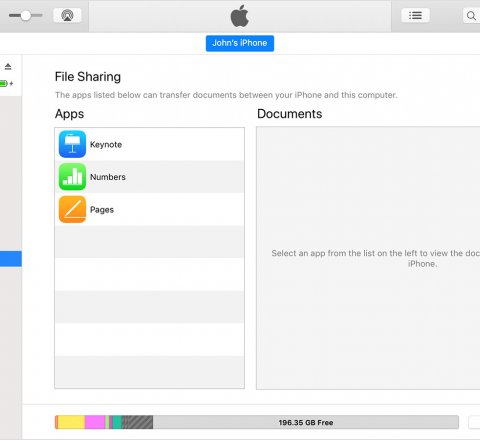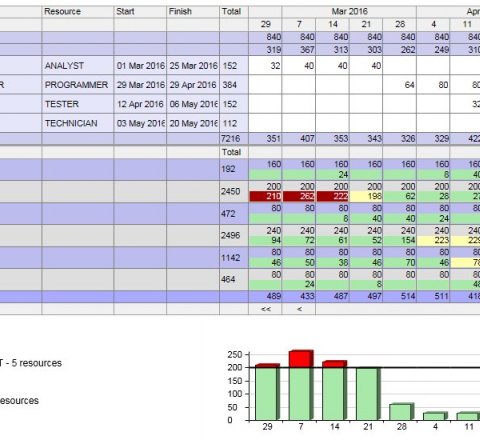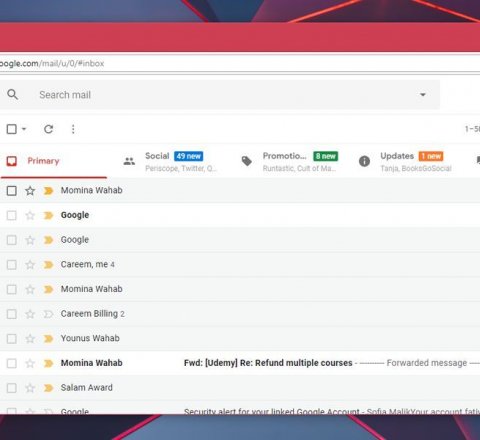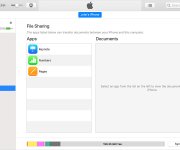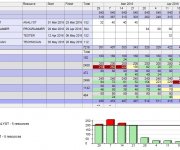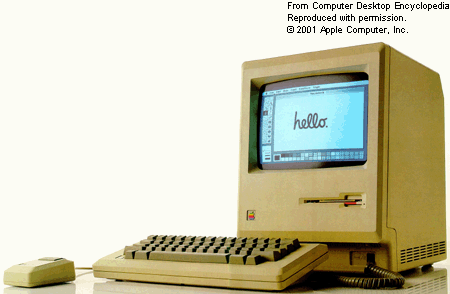
Apple Mac History – The Genesis of a Legacy
The Apple Mac history is essentially the history of the early revolution of personal computers as whole. The Apple Mac made history by being a ground breaking product that changed certain very fixed conceptions that society, the business world and the technology world had towards computers. One of these conceptions was that computers need to be large, expensive machines with a set of huge support requirements that can only be used by businesses and institutions that have the resources to house, cool and power such systems. Another of these fixed ideas was that computers may only be operated by high trained and technologically savvy programmers who know how to manipulate the machine's base signals through a command line prompt; that the average person without years of study and practice would never be able to understand how to use a computer. The Apple Mac changed all that and defined a new term: "the personal computer".
The first Mac: The very first Mac went through development in between 1979 and 1984. There were two computers developed at this time, the Mac and the Lisa. Apple ultimately marketed only the Mac in 1984. It was groundbreaking in that in provided a low cost, lost maintenance, easy to use computer for the average home consumer. This shattered a lot of preconceptions in the industry. The operating system was a Graphical User Interface (GUI) that allowed the user to control the computer with icons rather than having to type in command lines. The Mac also featured the first computer mouse ever sold. It was introduced to the world through the now famous "1984" commercial that aired during the Superbowl XVIII third quarter.
Growth and Decline: Apple Mac history has its ups and downs especially from the breathtaking boom after 1985 where, under John Sculley, the total revenue from Macs went from $800 million to $8 billion. However, this growth was not sustained and starting 1989, Apple changed its business model to try and match Microsoft's lower end budget computers meant for the price minded consumer. In this context Apple could not compete with companies such as Microsoft and IBM, thus Mac sales started dropping while Apple profits and share price plummeted. The Macintosh II and the Mac Portable came out during the boom years while Macintosh Classic was Apple's first attempt at its line of (ultimately unsuccessful) budget models. The Powerbook 100 was Apple's attempt at an early laptop version of the Mac.
Apple Mac history took a positive upturn again after Steve Jobs returned to the company in 1997, starting with the iMac and going on to dominate the computer industry.

